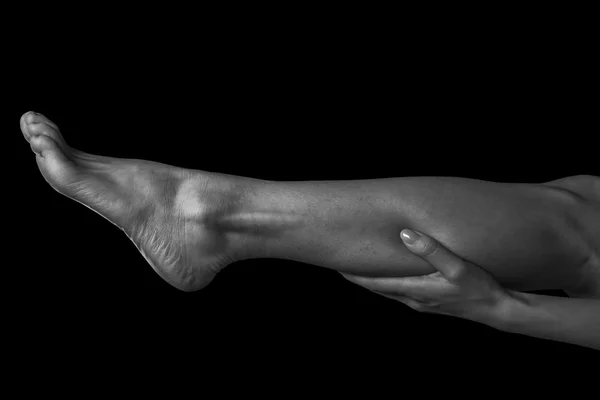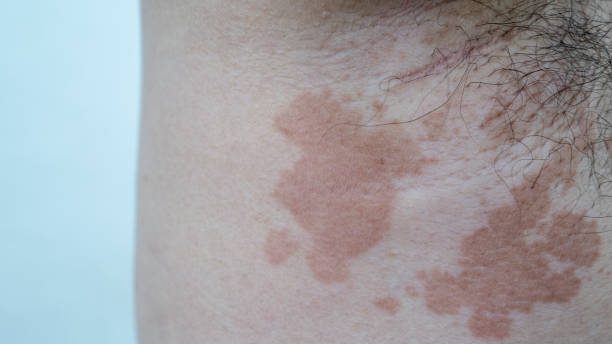If you’ve ever experienced a sudden, brief, involuntary muscle twitch, you’ve had a firsthand encounter with myoclonus. Although often benign and usually ignored, myoclonus can sometimes be a symptom of an underlying medical condition. Understanding what myoclonus is, when treatment is needed, and the different forms it takes can help you make informed decisions about your health.
What Is Myoclonus?
Myoclonus refers to involuntary jerks or twitches of a muscle or a group of muscles. It often occurs spontaneously and is usually harmless. These involuntary movements are generally quick and may go unnoticed or could be a minor annoyance.

However, persistent or severe cases of myoclonus might require medical evaluation, as they could be symptomatic of neurological issues.
When Is Treatment Needed?
Most instances of myoclonus are benign and don’t require medical treatment. Think of the common hiccups or the sudden jerk as you’re falling asleep—these are examples of physiological myoclonus, which is normal. However, if you’re experiencing consistent, debilitating, or worsening symptoms, consulting a healthcare provider is essential.
Chronic myoclonus can be indicative of a neurological disorder and may require diagnostic tests and treatment.
Three Different Forms of Myoclonus
Physiological Myoclonus
This is the most common and harmless form of myoclonus that almost everyone experiences at some point. It includes phenomena like hiccups and sleep starts (those sudden jerks just as you’re falling asleep). Typically, physiological myoclonus doesn’t require treatment unless it becomes frequent enough to interfere with daily activities or sleep.
Essential Myoclonus
Essential myoclonus occurs on its own and is idiopathic, meaning its cause is unknown. It tends to be stable without worsening over time and is usually focal, affecting only a specific part of the body. While generally not harmful, some people opt for treatment if it impacts their quality of life. Treatment options often include medications like anti-epileptic drugs to manage symptoms.
Symptomatic (or Secondary) Myoclonus
Symptomatic myoclonus is usually a result of an underlying neurological disorder, such as epilepsy, Alzheimer’s disease, or Parkinson’s disease. The severity and frequency can vary, and it may manifest alongside other symptoms like seizures. Treatment in these cases focuses on managing the underlying condition, often involving a combination of medications, physical therapy, and, in some instances, surgical interventions.
Diagnostic Tests and Treatment

If you experience persistent myoclonus, consult a healthcare provider for a proper diagnosis. Diagnostic tests may include MRI scans, EEG, and blood tests. Once the type and cause of myoclonus are determined, a suitable treatment plan can be formulated.
Treatment often involves medications such as clonazepam, levetiracetam, or primidone. Physical therapy may also be advised to help manage symptoms.
Wrapping Up
While myoclonus is often harmless, understanding its different forms and when to seek treatment is crucial.
Whether you experience the benign, physiological twitches or have symptoms that suggest a more complex neurological issue, awareness is the first step to effective management. If you have persistent or troubling symptoms of myoclonus, seek medical advice for proper diagnosis and treatment planning.
With the right approach, it’s entirely possible to manage the symptoms and improve your quality of life.






